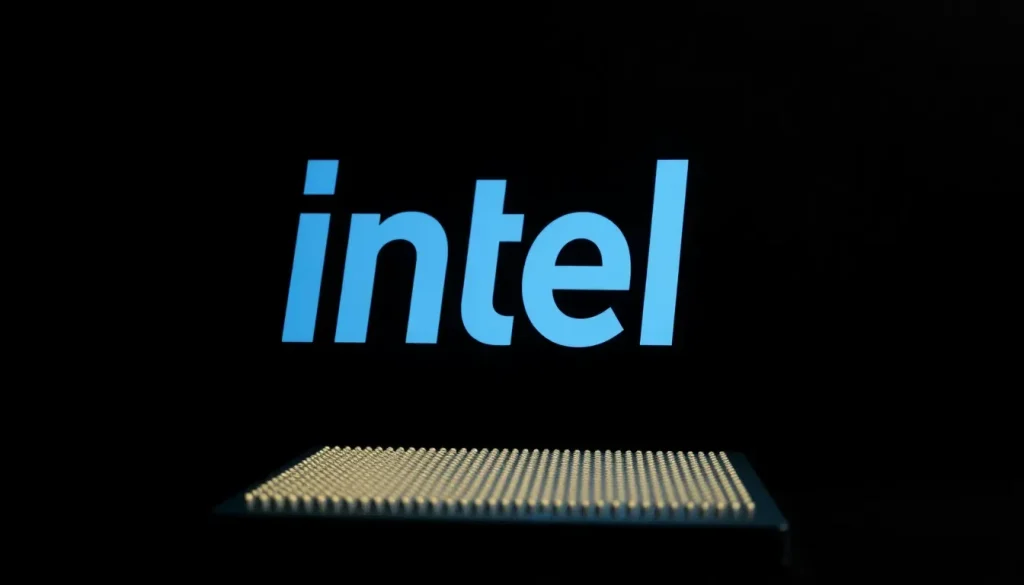Intel announces 30% efficiency boost for Panther Lake and 18A-P by 2026

Intel is set to revolutionize the world of processors with its upcoming Panther Lake architecture, promising significant advancements in efficiency and performance. With the tech industry always on the lookout for breakthroughs, Intel's commitment to innovation, especially in the face of competition from AMD, is more crucial than ever.
As the release of these new chips approaches, the implications for users, gamers, and professionals alike are noteworthy. This article delves into the specifics of Panther Lake, its efficiency gains over Lunar Lake, and what the future holds for Intel’s processor lineup.
Intel announces Panther Lake as a major leap in efficiency
Intel has officially confirmed that its next-generation Panther Lake processors will be 30% more efficient than the current Lunar Lake chips. This leap in efficiency is not solely attributed to the chip design but also to the innovative Intel 18A process node. This upcoming architecture will be the first to fully implement RibbonFET transistors alongside Intel's proprietary PowerVia technology, which together redefine the performance-to-energy consumption ratio within the x86 ecosystem.
The timing of this announcement is critical for Intel, as the company aims to regain its foothold against AMD after facing numerous manufacturing challenges compared to TSMC. Following a recent preview that highlighted enhancements in hybrid computing, the direct statements from Intel executives provide further insight into their ambitious roadmap.
According to a statement reported by Reuters, Intel executives expressed confidence in their upcoming product lineup, stating:
The Panther Lake chips will be available in early 2026 and will consume 30% less power than their predecessors. Additionally, their graphics and central processors are expected to deliver a 50% increase in data processing capabilities in specific scenarios.
These insights, corroborated by data Intel revealed over a month ago, indicate that the increased core count has minimally impacted efficiency. This is significant because Intel reported a 36% improvement at the same voltage and up to 38% at lower voltages.
Understanding the architecture behind Panther Lake
The impressive 30% efficiency gain over Lunar Lake indicates a substantial improvement, even when considering similar or lower voltage inputs for the same power consumption. This is largely due to other architectural advancements, particularly the introduction of Omni MIM.
What is Intel Omni MIM and why does it matter?
Intel's 18A process incorporates crucial innovations, one of which is the Omni MIM capacitor. This component is integrated into the backside power delivery network (BSDPN) of Intel 18A. The Omni MIM capacitor is a Metal-Insulator-Metal structure designed to enhance the stability and efficiency of power delivery to the CPU. Its role is to store and release electrical charge more rapidly and efficiently.
Key features of Omni MIM include:
- Integration into the chip's rear layers to minimize energy loss.
- Improved response to load changes.
- A density of 397 fF per square micrometer, surpassing the previous 376 fF/µm² of Intel 4.
- Precise voltage regulation even under high stress.
- Ability to support high voltages without compromising silicon area.
This technological advancement allows for more effective power management, ensuring that processors can deliver enhanced performance without a proportional increase in energy consumption.
Intel 18A-P: A new era for high-performance processors
Intel has also confirmed that the Intel 18A-P variant, aimed at processors with demanding performance requirements, will enter mass production in late 2026. Prashanth Aprameyan, a lead at Intel 18A and Intel 3, noted that this version will feature:
- Additional metal layers for improved performance.
- Compatibility with “base dies” for complex 3D designs.
- Enhanced capabilities suited for high-performance product lines.
These enhancements position the Intel 18A-P as a natural fit for Intel's high-performance offerings, catering to a growing demand for advanced computing power in gaming, content creation, and enterprise-level applications.
What does this mean for the future of computing?
The advancements with Panther Lake and Intel's 18A technology represent a significant leap forward in processor technology. These innovations are expected to impact various sectors, including:
- Gaming: Higher efficiency and performance with improved graphics capabilities.
- Content Creation: Faster processing for video rendering and graphic design applications.
- Data Centers: More efficient power usage leading to cost savings and reduced environmental impact.
As the industry moves toward more energy-efficient computing solutions, Intel’s approach could set new standards for performance and sustainability in processor design.
Conclusion: Anticipating the impact of Panther Lake
With the launch of Panther Lake on the horizon, Intel is positioning itself not just as a competitor, but as a leader in the evolution of processor technology. The integration of advanced manufacturing techniques and innovative power management solutions points to a future where efficiency and performance go hand in hand.
For those eager to learn more about Intel's upcoming innovations, check out the following video that dives deeper into the Panther Lake architecture:




Leave a Reply